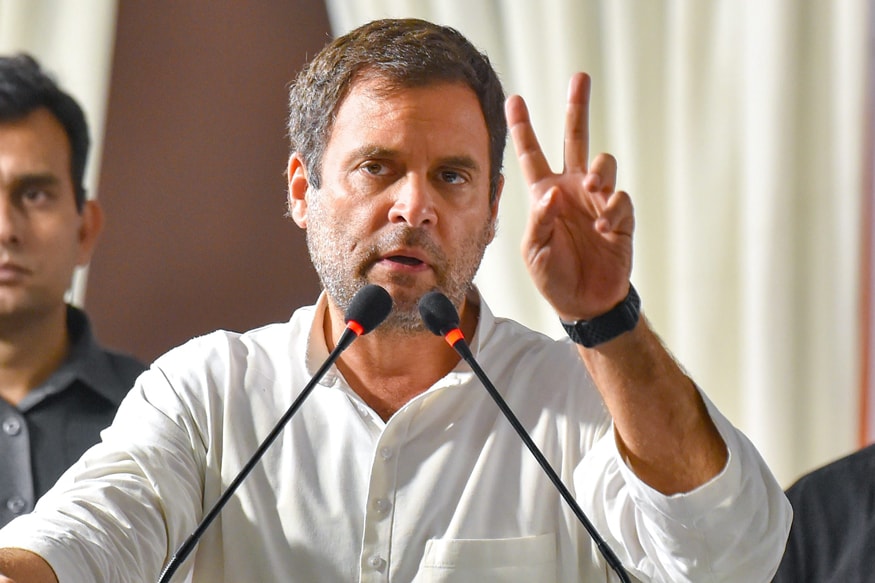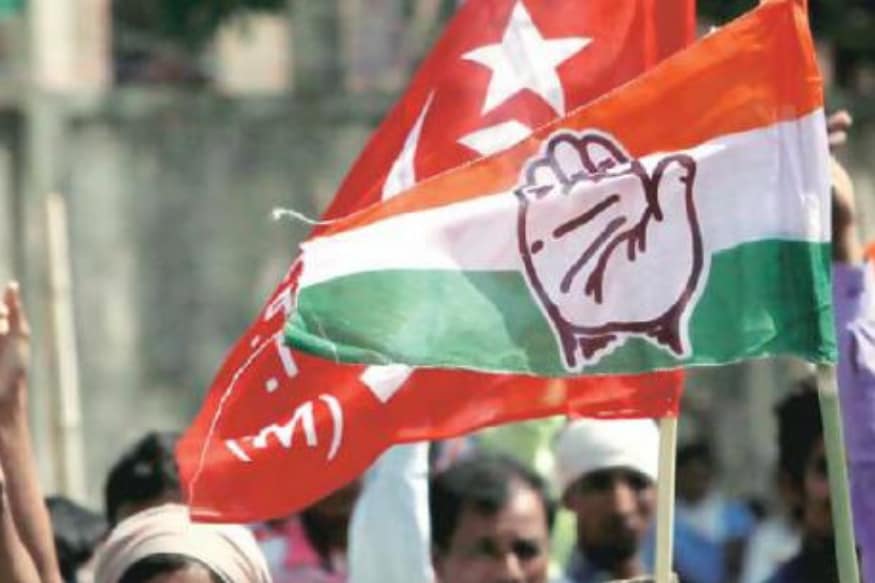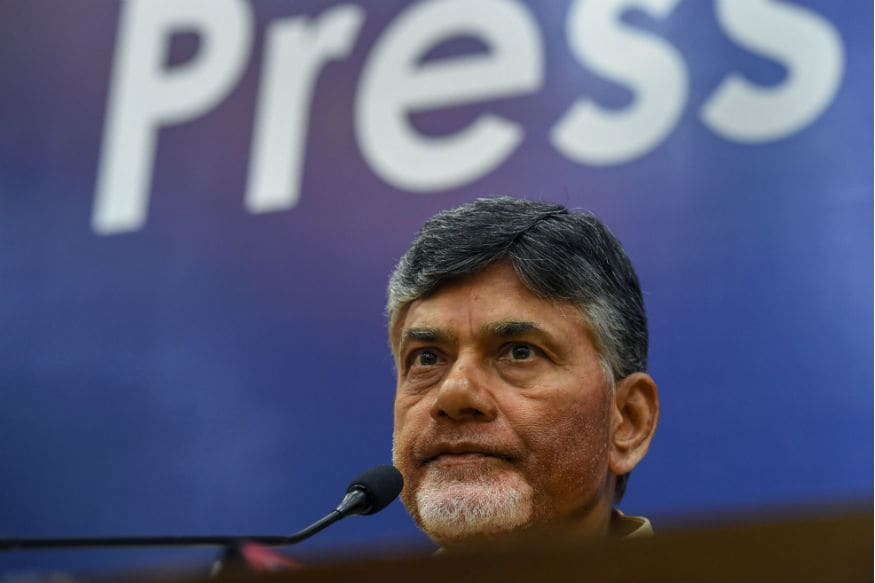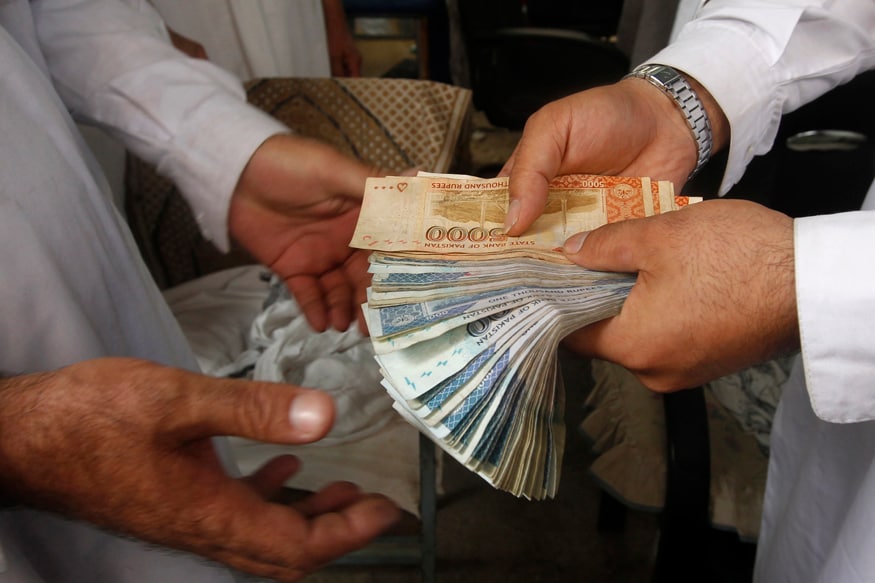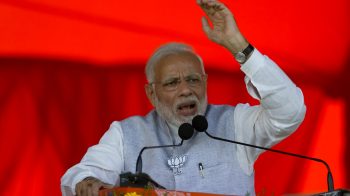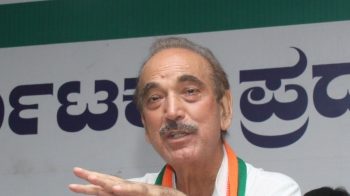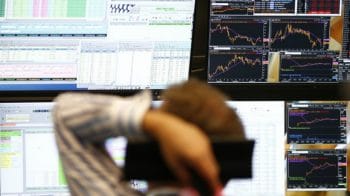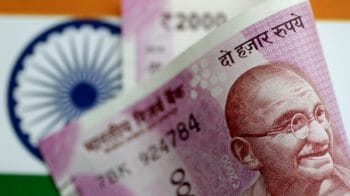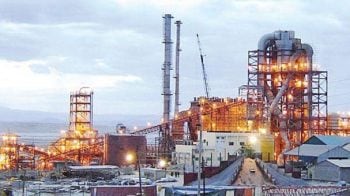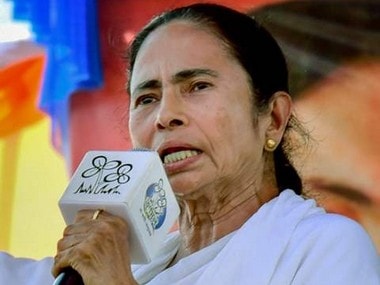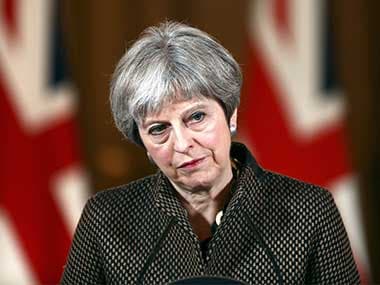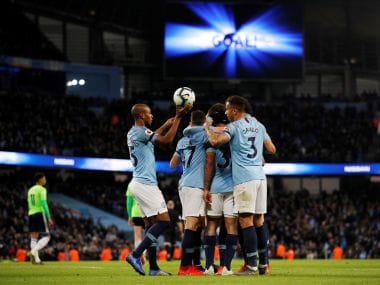We suggest retail investors to adopt a staggered approach (say spread over the next 6 months) towards increasing their equity exposure.
Equity market returns did not show any significant divergence from the long-term positive trend of wealth creation, said Devang Kakkad, Head Research Equirus Wealth Management, in an interview with Moneycontrol’s Kshitij Anand.
Edited excerpts:
Q: How do you see D-Street's reaction to various political scenarios after May 23?
A: Election uncertainty always leads to enhanced volatility for equity markets. Investors may be swayed by possible election results and may also be tempted to time the markets.
However, given our democratic nature, elections are a continuous process. General elections are due every five years and as a nation, we have witnessed various political dispensation including coalition and majority governments.
Given the political backdrop, let us evaluate the Sensex returns during the tenure of various governments:

As is evident, the equity market returns do not show any significant divergence from the long-term positive trend of wealth creation. More so, the Indian economy is at a pivotal stage.
Several structural reforms such as the implementation of the Goods and Services Tax (GST), insolvency laws, an increase of the direct tax base and an increase in the formalisation and the digitation of the Indian economy are likely to accrue benefits from 2019 and beyond.
Hence, investors should evaluate investing in the equity markets with the objective of spending more investment time in equity markets rather than trying to time the markets.
For strategy, we continue to recommend a staggered approach over six months through Systematic Transfer Plans (STP).
Q: What are your views on March quarter earnings?
A: Earnings have come broadly in-line or below market expectations so far. While topline growth has been in-line with expectations, some moderation/margin compression is observed, which is largely contributing to inline/below expectation PAT results.
From the results reported so far, there are signs of a slowdown in the Indian economy contributed by slowing global growth (sluggish export growth), liquidity concerns (slow credit offtake) and a scale back in government expenditure (slowdown in rural demand).
The emphatic revival in corporate earnings may be delayed further. Among the sectors that are relatively showing signs of strengths include private sector banks and cement.
Q: Mutual funds data suggests that flows plunged by 64 percent in April to its lowest in 31 months. Is this a temporary blip or do you think we could see more weakness?
A) Owing to historic highs levels of frontline indices and uncertainty surrounding the election outcome, investors have been cautious with their lumpsum investments. This is has led to sluggish to negative flows for mutual funds. However, lately negative MF flows have been more than compensated by strong FII inflows.
FII’s have infused more than 68,000 crore from April year to date (YTD) and in specific approximately 50,000 crores in March-April. Whether the blip is temporary will depend upon domestic investor confidence post the election outcome.
Investors prefer stability irrespective of which political dispensation assumes power post 23rd May. Historically, while there have been periods of political volatility and India’s growth has continued despite political changes.
Investors always prefer political stability and predictability of economic policies before investing with a long-term time horizon.
Q: Which sectors are likely to hog the limelight post elections?
A) A closer analysis of the performance of various BSE sectors highlights sectors such as oil and gas, consumer durables, Banking, IT and real estate (sub-sector being cement) performing well for the calendar YTD.
With reference to the pocket of opportunities going forward, policies pursued by the next government may have both sentimental and fundamental impact in determining the next leg of sectorial outperformance.
Instead of focussing on trying to pick sectorial outperformance, investors maybe be better off constructing a well-diversified portfolio across market capitalization. Over the long term, a well-diversified portfolio is the best strategy to participate in the equity market.
Q: If a person in 30s wants to invest Rs 10 lakh ahead of May 23 – what should be the portfolio allocation in terms of sectors in equity markets?
A) The suggested approach would be to invest 30-40 percent in a good multi-cap mutual fund and invest the balance corpus with a staggered approach over the next three to four months.
If the investor has an aggressive risk appetite and a long term horizon, he could also evaluate investing in a good midcap mutual fund over a multicap mutual fund.
Owing to recent correction, relatively underperformance and compelling of valuation of midcaps vis-à-vis largecap, investing in midcap mutual fund through STPs will be beneficial for the long-term investor as well.
Q: There are signs of a slowdown, have we entered the first phase of a bear market?
A) Prior to the recent correction, equity markets propelled forward by discounting all probable positive events, which are: The return of the majority NDA government, the recovery of earnings and stable macro-economic indicators among others.
However, recent headlines have negative. These include: Mixed macro-economic indicators particularly lead indicators such as auto sales, concerns over a normal monsoon, nervousness around a fractured election mandate, Greater rhetoric over the US-China trade war, a slowdown in the Chinese economy, and the surge in crude oil prices owing to sanctions on the oil exports of Venezuela and Iran.
In the midst of such headlines, the recent correction is more of a retracing of the gains or a reality check for the markets. However, concluding the ongoing correction as first phase of bear market maybe premature.
Q: Do you think that there is more pain in store for those who invested in mid and smallcaps?
A) For a long-term investor, it is also important to evaluate returns as per investment horizon rather than being swayed with short-term events or time horizon. Let us analyse the returns for various time benchmark returns across time horizons:

Sensex CAGR of approximately 13 percent over 10-year time horizon proves that equity as an asset class has the potential to deliver best performance over the long-term.
Returns analysis across various time horizon and market capitalization categories corroborate the age-old portfolio theory that spending more time staying invested in the equity markets is far more important than trying to time them.
Historical returns not only prove India’s long term growth story. There is ample evidence that long term investors are expected to earn impressive returns, irrespective of geopolitical or domestic events.
In specific to 2019 investment avenues, investors may evaluate increasing their equity exposure in a phased manner if the current equity allocation is less than the desired exposure.
In view of the recent correction from historic highs, valuations are not cheap but reasonable. BSE Sensex is now trading at forward P/E of 17.6 as against a 5-year average of 16.7 and BSE Midcap is now trading at forward P/E of 17.5 compared to the 5-year average of 19.0.
We suggest retail investors to adopt a staggered approach (say spread over the next 6 months) towards increasing their equity exposure.
With reference to pockets of opportunity, given the risk profile and the steep correction in mid and small cap, investors with a long-term view could also evaluate quality mid-cap and small-cap funds as well.

































